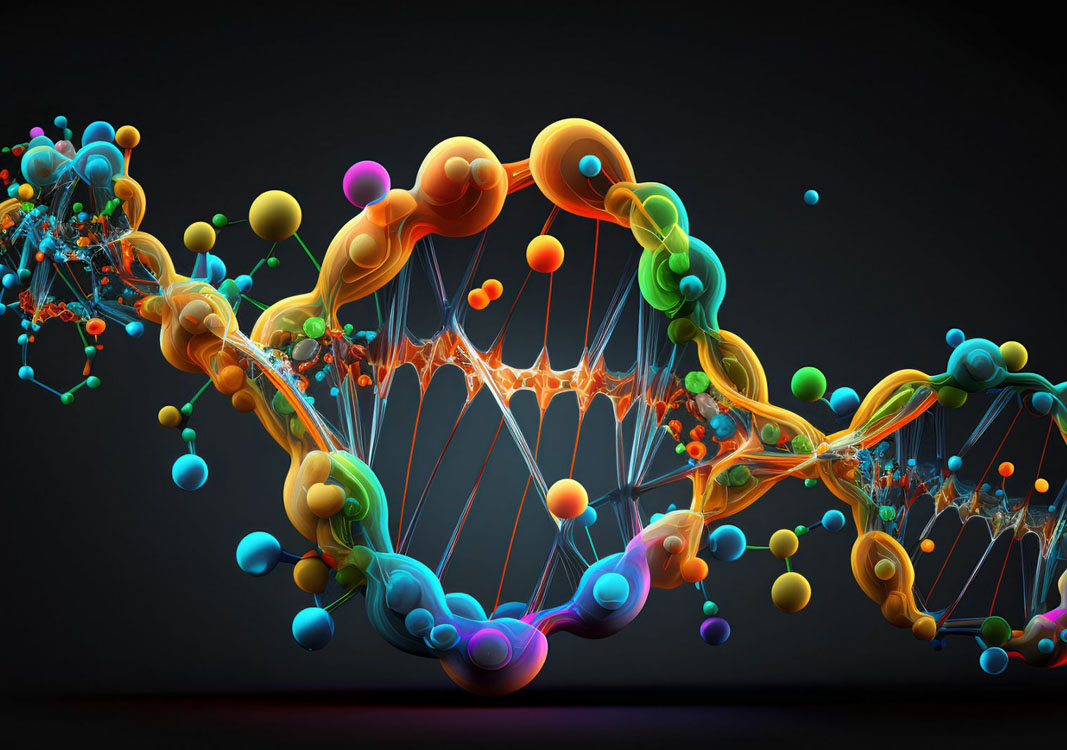Riddles and secrets of DNA: 21 facts that will surprise you
April 25 is International DNA Day! In honor of this event, Turkmenportal has prepared for you a selection of interesting facts about the molecule, which is an “assembly instruction” for each of us.
1. The DNA of all people on Earth is 99% the same. The entire diversity of humanity, from eye color to habits, is determined by only 1% of the genetic code.
2. The DNA of the child and parent are 99.5% identical.
3. Amazing similarity, but the DNA of humans and cabbage is 50% the same, and with a banana – 60%. It’s not for nothing that they say that people are “fruits”!
4. DNA, which contains all the information about our body, consists of only 4 “building blocks” - nucleotides: adenine, guanine, thymine and cytosine. Incredible complexity born from simplicity!
5. DNA was discovered by physiologist Friedrich Miescher in 1869. However, it took almost 100 years to unravel the mystery of this molecule and realize that it contains information about heredity.
6. If you “unfold” all the DNA bonds contained in the cells of our body, then their length will be enough to fly to the Moon 6000 times.
7. In forensic testing, 13 specific DNA markers are usually examined to identify a person. The coincidence of all 13 markers in two different people is an extremely rare event, with a probability of one in a billion.
8. Even identical twins with identical DNA structure have different fingerprints.
9. Erythrocytes (red blood cells) are the only cells in the body that lack DNA.
10. About 7-9% of human DNA consists of fragments of ancient viruses that once infected our ancestors.
11. DNA is a long-lived molecule. Its half-life is more than 500 years, which permits scientists to conduct DNA research in museum exhibits and archaeological finds.
12. Incredible amount of information. The human genome contains the same amount of data as a thousand 500-page books of fine print, or 3000 digital media of 100 GB each.
13. DNA can be isolated from a wide variety of human samples: blood, saliva, urine, skin, nails, hair. It can be extracted even from heavily damaged, for example, charred, samples, the number of which may be very small. In particular, such analysis is used in forensic science to identify people.
14. Surprisingly, only 3% of the human genome is actively working, ensuring the daily functioning of its organs and systems. Scientists still don’t know what the remaining 97% of the genome does.
15. DNA controls countless chemical reactions that ensure the coordinated functioning of all systems in our body. A person’s appearance—his height, weight, hair and eye color—depends on DNA. Even blood pressure and, according to recent data, human life expectancy, depend on DNA.
16. The random combination of parents’ genes determines which character traits, appearance features and predisposition to diseases will be inherited by the child.
17. The complexity of the structure of human DNA is amazing. It has more than 3 million elements arranged in a strictly defined sequence.
18. Scientists have come to a clear conclusion - only DNA reproduces DNA. The emergence of life on Earth through random events is an almost impossible event, with a probability of 1: 1 040 000.
19. The study of the human genome allows us to identify the risks of certain diseases.
20. Under the influence of various factors, both external and internal, DNA can be damaged. Fortunately, nature has provided a DNA repair mechanism that helps restore damaged areas and maintain the integrity of the genetic code.
21. It is the breakdown of the DNA “repair” mechanism that leads to the accumulation of mutations (damage) of genes and the occurrence of cancer in humans.






